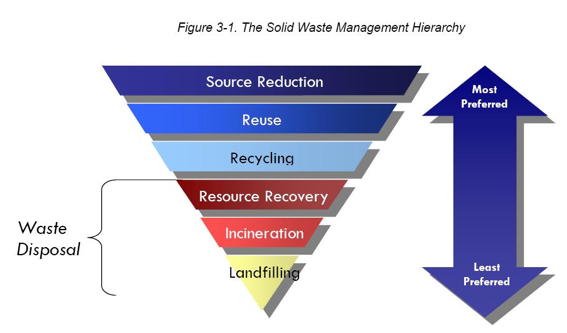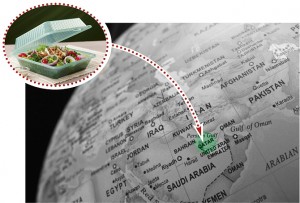I ran across a recent blog post by Brad McAllister. Brad is a partner and managing director at WAP Sustainability. He is also an adjunct professor of Enterprise Sustainability at the Institute for Sustainable Practice at Lipscomb University and a member of the Climate Project. In his March 9th post, which appeared on the AASHE website, he offers some helpful ideas on how to communicate campus sustainability success stories.
You can find the full post at http://www.aashe.org/blog/guest-blogger-effective-campus-sustainability-messaging, but here is a summary of his key points:
Start with the basics and be positive.
Even if you have only taken small steps toward sustainability, celebrate and promote them.
Make your stories relevant your audience.
When speaking to audiences, don’t hesitate to use real-world examples, especially from your personal experience. People grasp concepts better when they are associated with true life stories.
Avoid “greenwashing.”
“Greenwashing” is the practice of exaggerating the eco-friendly benefits of a product or service. People who are committed to sustainability can spot eco spin marketing in an instant.
Don’t ignore social media
While some of us think email is still “really cool,” the fact is that the current student population has adopted new modes of receiving and accepting messages. Be sure these newer communication vehicles are a part of your marketing plan.


